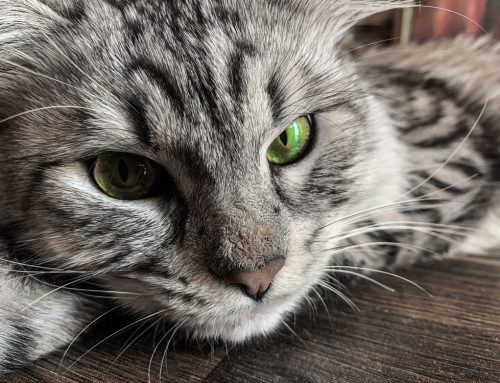
With the heat of summer coming on strong, many of us are hitting the water to cool off and have some fun. In Montana that typically means one of two things: you’re headed to the lake, or you’re headed to the river—maybe even with your dog.And if you enjoy boating, chances are good that you enjoy taking your best friends out on your boat as well. But what if some of your best friends happen to be of the four-legged variety?
Taking your dog out on the water requires many of the same safety considerations and precautions you would afford your friends and loved ones, plus a few more. The following tips can help keep everyone safe and happy both on-deck and at play in the water.
PFDs
To any water enthusiast, the term PFD immediately translates as Personal Floatation Device. But, for a responsible pet owner, PFD translates to Pet Floatation Device as well. The PFD is not all that different from the life jackets we wear. The only difference is that they are designed to fit our pets and their natural buoyancy. Pet Floatation Devices come in a wide range of sizes, from the smallest of smalls to XXL and should be on-hand or worn at all times, for every dog coming aboard.
When choosing a life jacket for your four-legged friend, here are a few key considerations:
- Fit—Make sure the PFD fits securely. It’s best to have a professional check the fit in the store, before you buy.
- Lifting handles—To make retrieving your pet safer and easier, seasoned boaters will tell you that a back handle is best, especially in rough waters.
- Comfort—Check to see where straps and buckles are placed, to make sure they won’t cause your pet any discomfort.
- Color—Choose a bright color to make it easier to spot your dog in the water. Reflectors are also wise if you’ll be on the water after dark.
Even if your dog is a natural swimmer (any of the hunting breeds, such as Retrievers, Spaniels, and Setters), it’s not uncommon for even the strongest swimmers to become tired or disoriented after spending countless hours in the water. Likewise, some breeds are just not built to swim. Pit Bulls, for example, may enjoy the water but are so muscular that they are known to just sink on impact with water. Meanwhile, some breeds, such as the Toy hybrids, would prefer to stay out of the water altogether.
With an estimated 40,000 dog deaths reported annually from drowning, the PFD is an invaluable piece of life-saving gear for any pet-friendly water outing, regardless of the breed.
Tips of the Trade
Aside from PFDs, there are a few other key considerations when taking your pet boating, including:
- Keep plenty of fresh drinking water available. Dehydration is a real concern from everyone, pets included. If you’re rafting and having a fixed bowl isn’t an option, be sure to take frequent pit stops that include giving your dog a chance to drink it in, as well as flush it out.
- Never attach your pet to a fixed leash on the boat, especially near a railing or edge. This could lead to serious injury or death in a variety of circumstances.
- Protect the feet of your dogs. Dogs absorb heat through the pads on their feet and boat surfaces can get very hot in the sun. Likewise, if you’re in the river, sharp rocks can wreak havoc on a dog’s feet. There is protective footwear available for dogs, should you need it.
- Provide a carpeted area for your dog to “dig” into with their claws should you hit rough waters. Not only will this help your dog, it may also save your boat if it’s inflatable.
- Provide a shaded area. Excessive exposure to the sun can cause problems for animals and humans alike. Plus, we all like to relax in the shade on a hot day.
- Walk your dog so he or she can relieve himself or herself before boarding. If the boat surface allows, you may wish to train him to go in a specific spot once on board.
- Keep your first outing short, to let your dog get used to the boat movement and keep in mind that dogs can be susceptible to motion sickness, just like us.
If you have any other questions or concerns regarding boating and your pet, please don’t hesitate to contact us, we’re always happy to help.
Bon Voyage!






